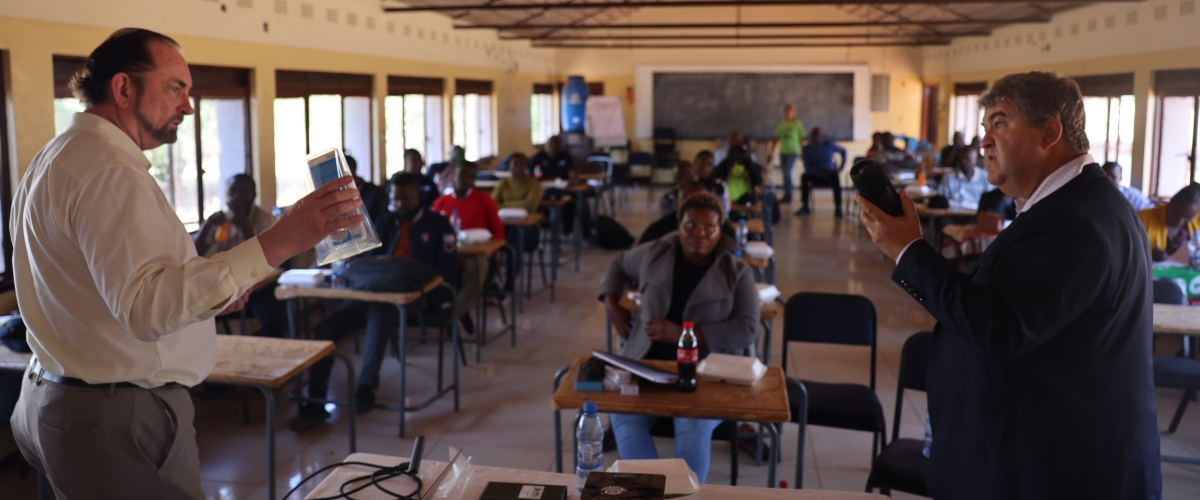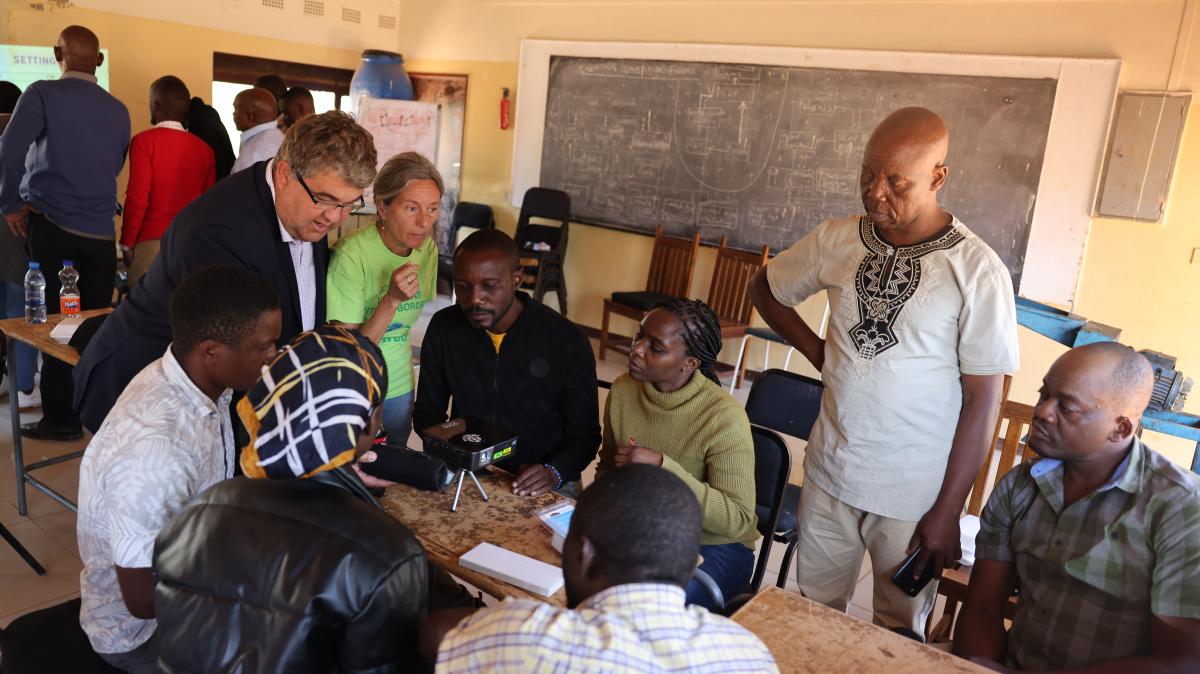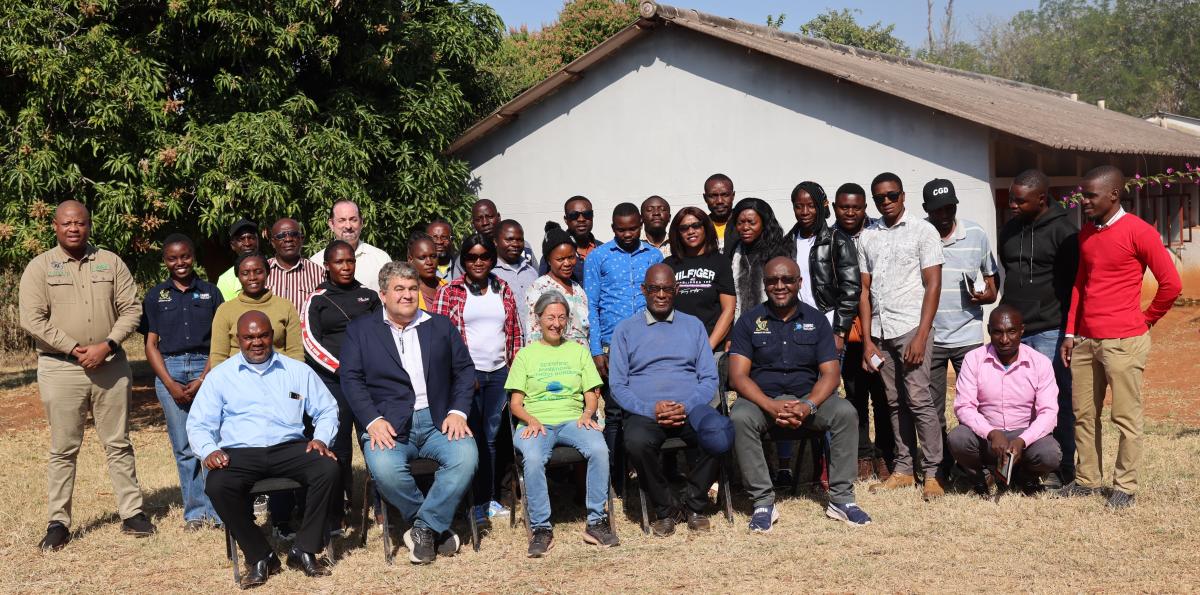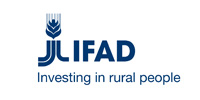
The Petauke district, in the Republic of Zambia, hosted the first training for agricultural extension officers on different delivery methods of improved technologies through scientific animated videos. The training was held on the 21st of June at the District Agricultural Office, facilitated by Purdue University through Scientific Animations Without Borders (SAWBO).
The Centre for Coordination of Agricultural Research and Development for Southern Africa (CCARDESA) and Purdue University through SAWBO, recently signed a Letter of Intent (LoI) to adopt scientific animated videos to fast-track dissemination of improved technologies across the Southern Africa Development Community (SADC) region. Hence the SAWBO training in Petauke, was the first intervention and is expected to be scaled out across the region under the Food Systems Resilience Programme (FSRP).
For Dr Frank Kayula, Executive Director of National Smallholder Farmers (NASFA) in Zambia who is also member of the CCARDESA’s Board of Director, the SAWBO training should be seen as a pilot exercise towards expanding the net coverage of extension to benefit more farmers. Dr Kayula also emphasized that the presence of CCARDESA in this initiative is key to ensure that it is replicated in all SADC member states.
SAWBO is a global community of practice that transforms peer reviewed scientific content into easy-to-digest extension products delivered via 2D and 3D animated videos in local languages. So far, SAWBO has managed to work with experts across the globe to develop over 150 knowledge products available in more than 300 local languages which can be accessed and downloaded for free from the different SAWBO platforms including website and mobile app.

Access to improved technologies is vital for farmers to increase production and productivity. Extension advisory services are still the most common means through which farmers access improved technologies. However, extension is often limited by lack of resources both human and financial, and Petauke district is not an exception. The entire district banks on 28 extension officers for dissemination of improved agricultural technologies to farmers.
Petauke district has about 259,000 inhabitants with agriculture being the main source of livelihood. However, according to Professor Barry Pittendrigh from Purdue University and co-Director of SAWBO, preliminary results from a recent baseline survey conducted in collaboration with University of Zambia indicated that about 97% of farmers from the district have never benefited from any type of training from extension advisory services.
For Mr. Robbie Musendo from the District Agricultural Coordinator’s Office (DACO), the training on different delivery methods of agricultural knowledge through animated videos, encapsulates the urgent need to adopt alternative dissemination strategies to complement extension work and reduce the current alarming ratio of extension officers to farmers. Indeed, extension officers who attended the training confirmed that they each assists between 2,000 to 6,000 farmers in the district.
The SAWBO team shared with Petauke’s extension officers concepts of digital extension, processes of developing scientific animations, where and how to access them, and how to use them for knowledge sharing. This included the use of digital gadgets such as mobile phones and pico projectors for distributing and displaying animated videos, targeting larger groups. Based on their experience, extension officers from Petauke had an opportunity to suggest different strategies for disseminating agricultural knowledge contained in the animations. For example, through social gatherings, through farmers’ training events and planning meetings, through church gatherings, radio stations, social media platforms and others.
At the end of the training, Petauke District Agricultural Office received four digital dissemination kits composed of four pico projectors with micro tripods, four Bluetooth speakers, pen drives containing 11 videos in 8 local languages spoken in Zambia. These animated videos come in four formats, namely: MP4, MP4 light, MOV and 3gdp.






